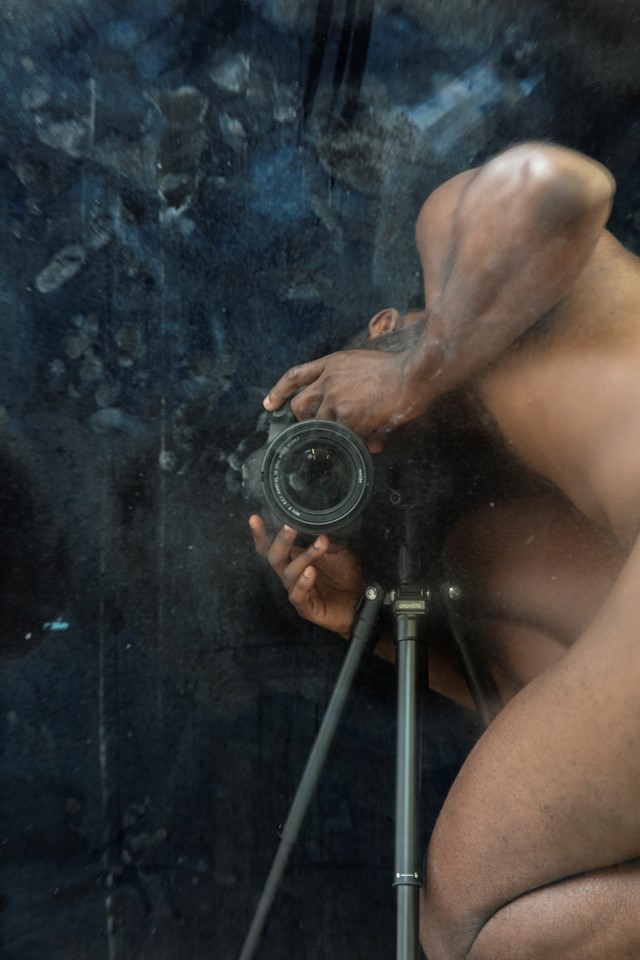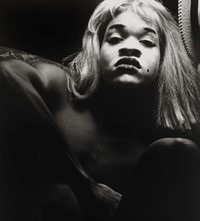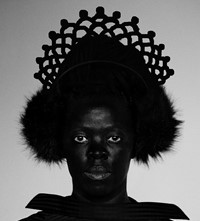Implicit Tensions, open now at New York’s Guggenheim, sees Robert Mapplethorpe’s work sit alongside contemporary photography by a diverse group of LGBTQ artists
- TextMiss Rosen

Implicit Tensions, open now at New York’s Guggenheim, sees Robert Mapplethorpe’s work sit alongside contemporary photography by a diverse group of LGBTQ artists
In the three decades after Robert Mapplethorpe’s death in 1989, artists and critics have grappled with the artist’s complex legacy, questioning the objectification of his sitters. In the second instalment of Implicit Tensions: Mapplethorpe Now, curators Lauren Hinkson, Susan Thompson, and Levi Prombaum explore the dialectic between subversion, transgression, and exploitation that has made Mapplethorpe a lightning rod for controversy – then and now.
Lauded and vilified for his depictions of homoerotic desire, the black male nude and the female figure, Mapplethorpe brought underrepresented communities to the forefront of the art world during the height of the Aids crisis, which eventually claimed his life. His formally rigorous approach to image-making helped elevate photography to the pantheon of fine art, while his choice of subject matter fuels the culture wars that raged in the late 1980s and early 1990s.
Where the first part of Implicit Tensions focused on Mapplethorpe alone, the new installment examines the artist’s legacy in a dialogue with six artists who use portraiture to examine our ideas about identity, visibility, and representation. The curators selected works by African, African-American, and white American LGBTQ artists including Rotimi Fani-Kayode, Lyle Ashton Harris, Glenn Ligon, Zanele Muholi, Catherine Opie, and Paul Mpagi Sepuya that offer expansive approaches to the agency of the subjects in their work.
Taken together, the works create a critical dialogue that invites viewers to consider not only Mapplethorpe’s approach to his subjects, but our role as viewers consuming the depictions of those who have historically been “othered” by society. The consummate provocateur, Mapplethorpe often arranged his subjects to shock and surprise, forcing the audience to confront their fears and biases; yet in doing so he simultaneously reinforced them by reducing his subjects to objects rather than presenting his subjects as multifaceted individuals.

In contrast, works by Fani-Kayode, Ashton Harris, Ligon, Muholi, Opie, and Mpagi Sepuya offer a panoply of perspectives that are both direct and oblique. In their works, the subject becomes a collaborator, transforming the space the viewer inhabits. We are no longer passive bystanders watching the show, but active participants in their multi-layered exploration of the dynamic psychology of each individual.
Yet, their work does not negate Mapplethorpe’s significance or impact; rather it reveals the strengths and weaknesses of his visual argument – and in doing so invites the audience to unpack deeper biases of their own.
Implicit Tensions: Mapplethorpe Now is on at the Solomon R. Guggenheim Museum in New York until January 5, 2020.



